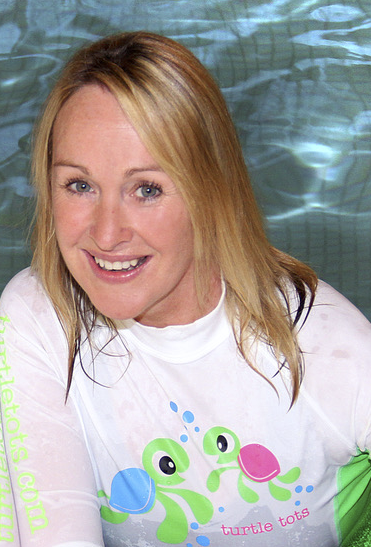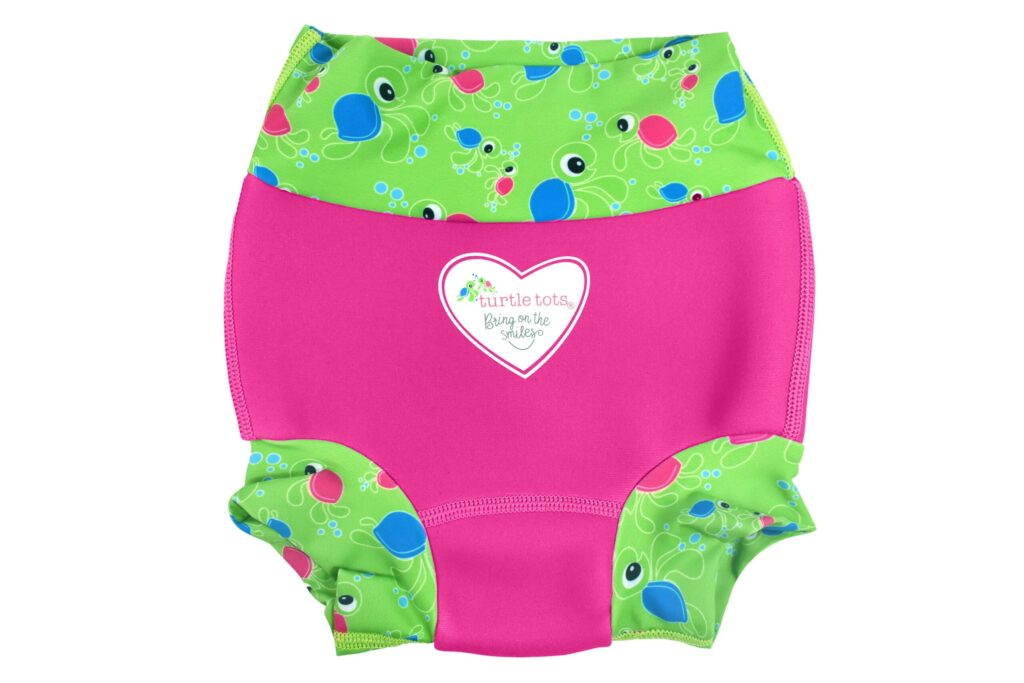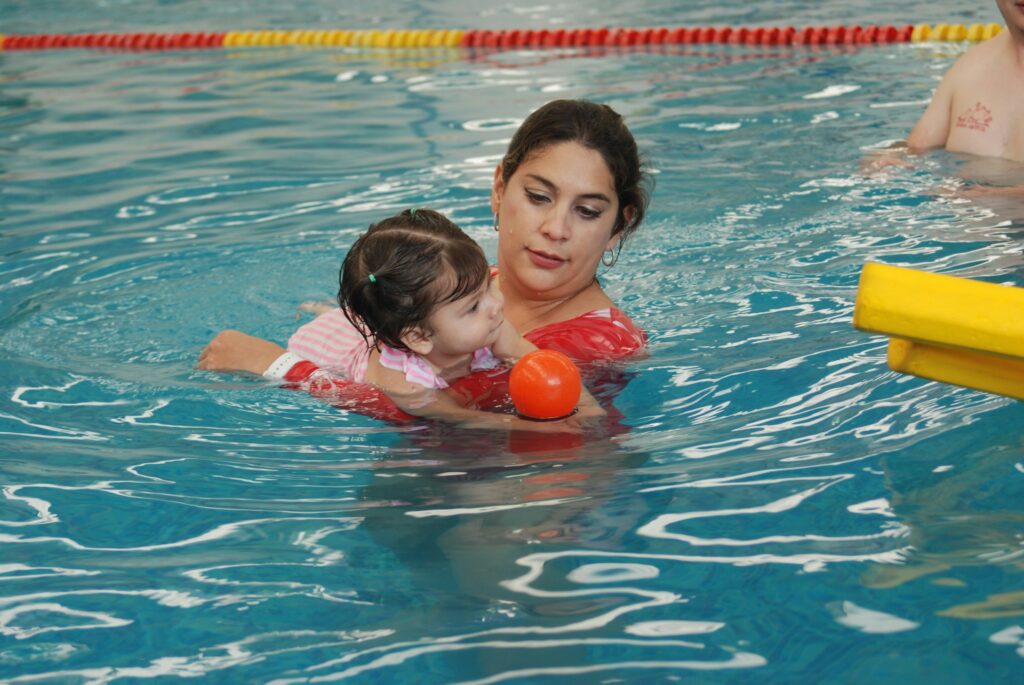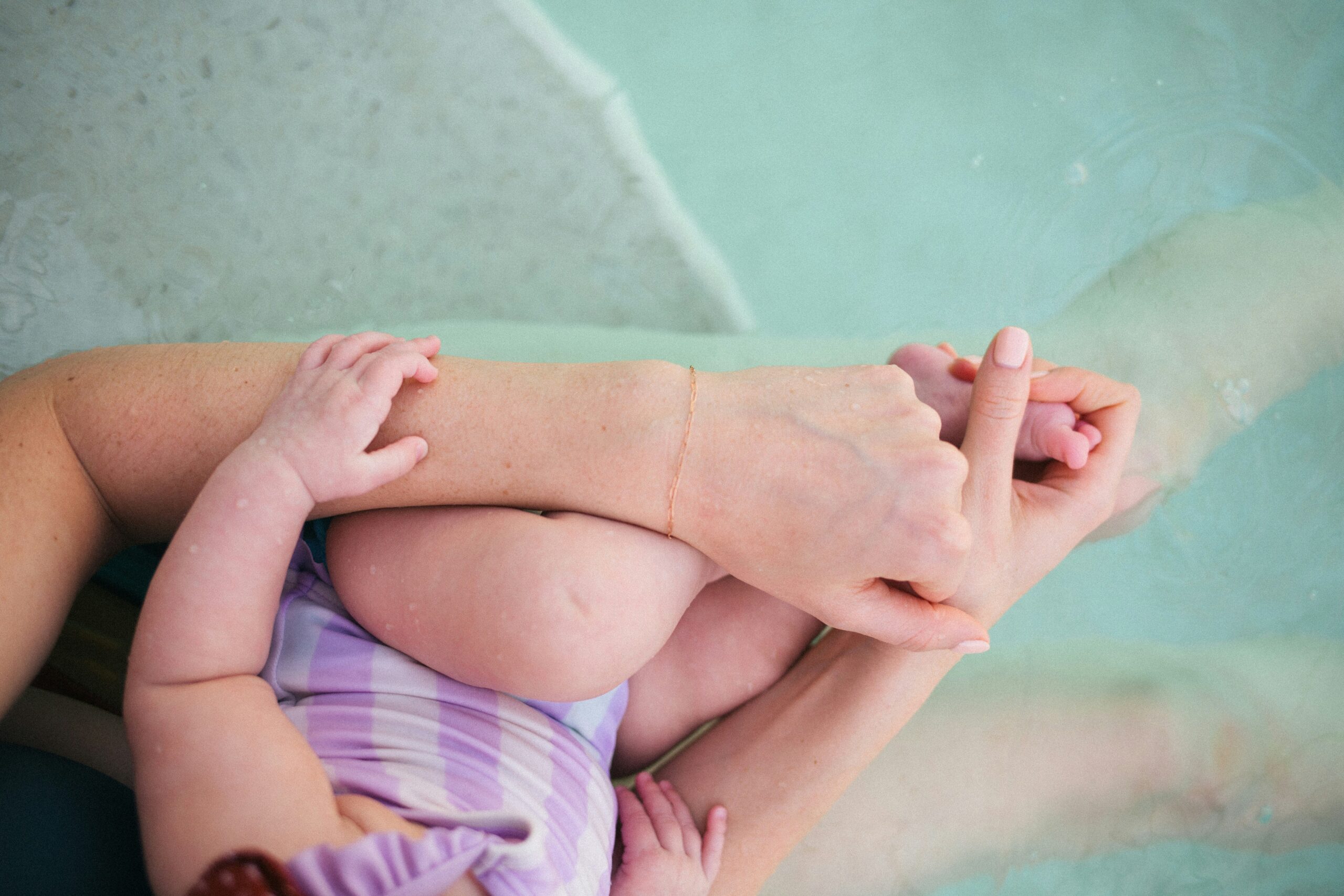Introducing your baby to the water can be an exciting and rewarding experience that lays the foundations for a lifetime of water safety and enjoyment. Swimming is not just a fun activity; it also supports physical and emotional development and provides a unique bonding experience between parent and child. If you’re a new parent looking to take your baby swimming for the first time, then follow these tips by Gaby Lixton, Co-Founder of Turtle Tots, to ensure a safe and enjoyable experience for both of you.

Listen to your body
With the right support and a warm pool babies can start enjoying the water from birth. New mums may need to wait a little while until their body has fully recovered, so if you would like to start your babies swimming journey as soon as possible, other family members may need to hop in the pool with the little one initially. Always look for swimming lessons that are specifically for babies and toddlers.
Have fun
Swimming should be a joyful experience for you and your new baby. Once you’re in the water, smile, sing songs and splash gently. This helps your baby associate swimming with fun from birth. Bring along bright and familiar bath toys to make the experience even more enjoyable and visual for your baby, creating a playful atmosphere.
Keep warm
Whether you are joining a baby swim lesson or taking your baby to a local pool, make sure the pool is warm to keep your baby comfortable. Ensure the pool has a shallow area with gentle entry points, making it easier for you and your baby to enter and exit the water. Babies are sensitive to temperature, so it’s crucial to ensure the water is warm enough. If you’re uncertain, check with the facility about the water temperature prior to swimming. After swimming, keep your baby wrapped in a towel to prevent chills as they get dressed and in cooler weather take a hat along for your baby to wear afterwards.
Choose your baby’s swimwear
Most baby and toddler swimming lesson providers will require your baby to wear a double nappy system. This is a reusable or disposable swim nappy with a neoprene nappy over it. Do check with your local swimming lesson provider or pool.

Neoprene baby wetsuits, wraps and warm-in-one’s help keep your baby warm in the water. Sleeved swimwear and swim hats protect your baby from the sun if you’re swimming outdoors or on holiday. Always remember to apply waterproof high factor sun cream to any exposed areas of your baby’s skin, even if it’s cloudy, to prevent sunburn.
Think Safety first
Safety should always be your top priority when swimming with your baby. Never leave your baby unattended in or near the water, even for a second. Keep your baby close and cradle them in your arms or using a swim float designed for infants. No swimming aid is a substitute for an adult swimmer in the water for constant supervision.

Don’t rush it
Every baby is different, so it’s important to watch your baby’s reactions. your baby seems overwhelmed, take a break or try again another time. It’s best to move at a pace that is comfortable for your baby, so don’t rush the experience. Babies and toddlers pick up on your signals and will learn at a pace that is right for them.
Keep it short and Sweet
For your baby’s first swimming experience, keep the session short. Around 20 to 30 minutes is usually enough. This helps prevent overstimulation and allows your baby to enjoy the experience without getting overtired. As they become more used to the water, you can gradually increase the length of time you spend in the water.
